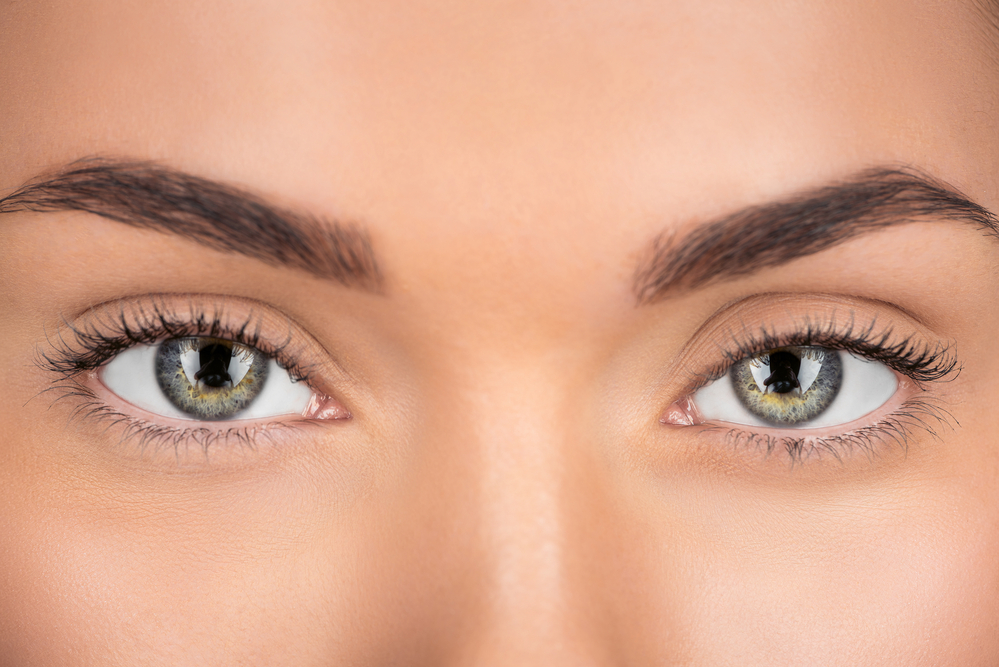If you have been told you need eyelid surgery, which is medically referred to as blepharoplasty, or you’ve done your own research and think that eyelid surgery may help with your drooping or sagging eyelids, you may have some questions such as how this procedure works. This surgery, which is performed by Dr. Gregory E Rauscher, M.D. in Hackensack, NJ, can help erase the signs of aging around your eyes and restore a more youthful appearance.
Eyelid Surgery FAQs: How Does Blepharoplasty Work?
Not only can sagging or drooping eyelids make you look older by exaggerating the wrinkles around your eyes and causing bags below them, but the excess skin can actually interfere with your ability to see out the sides of your eyes. Eyelid surgery works by removing the excess tissue from the upper and lower eyelids using a surgical procedure that removes muscle, excess skin, and possibly fat. In some cases, the fat around the eyes is redistributed instead of removed.
If you need both your upper and lower lids repaired, your doctor will work on your upper lids first by making an incision along the eyelid fold. They will remove the extra skin, muscle, and if necessary, fat. The incision will be closed and they’ll move to the lower lids. An incision will be made right below your lower lashes. Again, excess skin, muscle, and fat will be removed or redistributed before the doctor closes the incision.
Eyelid Surgery Preparation
To begin the process toward getting eyelid surgery, you’ll meet with your doctor to review your medical history, with an emphasis on prior eye surgeries and current eye conditions like glaucoma, dry eyes, and diabetes, among others. You’ll also undergo a physical examination to determine whether you’re healthy enough to undergo the procedure. This examination will include a tear production test and eyelid measurements. Your eyes will also be examined and your vision tested for peripheral vision problems.
Following your examination, your doctor will talk to you about the surgery, your expectations, and whether you’re a candidate for blepharoplasty. If surgery is recommended, your eyes will be photographed from a variety of angles to help the surgeon plan your procedure. You’ll be asked to stop using medications like warfarin, aspirin, ibuprofen, naproxen, and any others that present an elevated risk of bleeding. You should also stop smoking and arrange for a ride for the day of your surgery.
The Procedure
Eyelid surgery (blepharoplasty) is performed on an outpatient basis, and can even be done in a clinical setting. There will be minimal sedation, with only a local anesthesia injection administered to prevent pain. Your doctor will mark the area on your eyelids where they will be making the incisions, which will be done in a way that leaves little to no visible scarring. The incisions and removals will be made as described above, and your doctor will ensure symmetry before closing.
It is also possible that your doctor may perform other procedures in the area at the same time to prevent you from having to undergo anesthesia more than once. For instance, they may perform a brow lift, tighten the outer corners of the eyelids (canthoplasty), or an eyelid life (eyelid ptosis repair) to ensure you receive the results you’re looking for. All procedures will be discussed with you at your consultation, so you’ll know everything your doctor does.
Results
Not every patient will see the same results from eyelid surgery, but in general, you can expect your eyes to appear brighter and tighter following the procedure. Your eyes will also appear to be more open, and you’ll probably be able to see better peripherally, especially if this was the main reason for your procedure. You’ll look more rested (no bags under your eyes), more youthful, and more energetic almost immediately following your surgery.
The results from your eyelid surgery will continue to appear for several weeks after your appointment and will peak between four and six weeks post-surgery. These final results will be long-lasting, and even permanent for some people. However, as you continue to age, your skin will continue to lose elasticity, but with a great skincare routine and sunscreen regimen, you’ll be able to maintain your results for as long as possible.
Candidates
The typical candidates for eyelid surgery are men and women who have visible signs of aging around their eyes, causing their upper eyelids to droop or their lower eyelids to sag, or both. In many cases, the excess skin from the upper eyelid can droop past the eye, causing a reduction in peripheral vision, so a number of patients hope to resolve this issue as well. There is no set age for when eyelid surgery can or should be performed.
Ideal candidates for blepharoplasty are those who do not smoke, are healthy both physically and mentally, and have reasonable expectations for their final results. Only a physician who is trained to perform eyelid surgery can tell you for sure whether you are a good candidate for this procedure, so scheduling a consultation is really the best way to find out.
Contact Us Today!
You can restore your youthful look through eyelid surgery and improve your peripheral vision as well. Contact Gregory E Rauscher, M.D. in Hackensack, NJ today to schedule your initial consultation and get the ball rolling!
